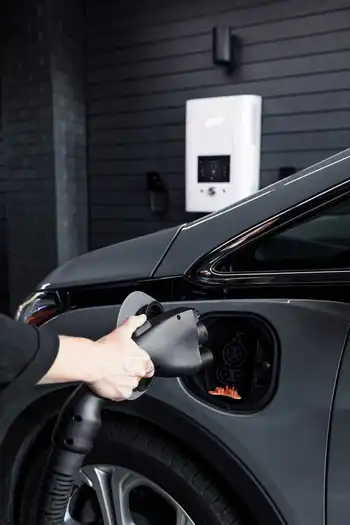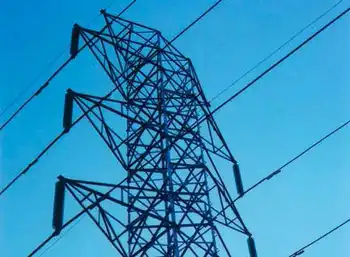Province freezes Great Lakes power proposals
By Toronto Star
Substation Relay Protection Training
Our customized live online or in‑person group training can be delivered to your staff at your location.

- Live Online
- 12 hours Instructor-led
- Group Training Available
Minister Donna Cansfield, speaking at a conference in Toronto, said more than 100 applications have been received representing more than 500 projects on the Ontario side of the lakes.
"The window for applications has been temporarily closed," she said. "We needed time to respond to this high level of interest as well as to ensure the proper processes were in place to help us move forward in a sustainable and environmentally responsible way."
Cansfield said a review will be done and that, by March, the ministry will have a plan in place for "aligning site release with renewable priorities."
Ontario has emerged as a leading jurisdiction for developing offshore wind projects in North America, partly because of the creation of a feed-in tariff that pays developers 19 cents per kilowatt-hour for electricity from offshore projects – a first on the continent.
The tariff, which provides price certainty for developers over a 20-year period, represents a 40-per-cent premium over what gets paid for conventional onshore wind power.
Another advantage for Ontario is geography. The province borders four of the five Great Lakes, giving it the most exposure to the resource. A 2008 study by Helimax Energy Inc. estimated there was "favourable potential" to develop 35,000 megawatts of offshore wind on the Ontario side of the lakes, equivalent to having 7,000 turbines installed.
But the industry here is at an embryonic stage. No offshore wind projects are now operating or under construction. In Europe, at least two dozen offshore projects are operational and dozens more have been licensed.
The advantage of building offshore is that the wind is stronger and more consistent, allowing turbines to capture much more energy. But it's also a more costly engineering exercise. Ocean waves, harsh weather and salt water can take a toll on equipment, requiring more frequent maintenance.
Building in the Great Lakes is expected to be less challenging. Salt is not an issue and water and weather conditions are relatively tame, though winter ice buildup on Lake Erie and other shallow zones could require some creative engineering.
Trillium Power Wind Corp., Toronto Hydro and Canadian Hydro Developers Inc. are among a growing list of companies that have proposals for large projects in Lake Ontario and Lake Erie. On the U.S. side, authorities in Ohio, New York, Michigan and Wisconsin are weighing the opportunity.
John Kourtoff, chief executive of Toronto-based Trillium, urged all sides to put competition aside and work together.
"If there's no collaboration it will simply drive up cost," he said. "The idea of being first is overrated. We're interested in building (an industry) that's sustainable."
But there's a lot to learn, said Eric Boysen, renewable energy project director at the natural resources ministry.
"Fact is nobody has built an offshore wind turbine in fresh water so far," he said. "Somebody will need to make the first move."
Mark Mattson, president of grassroots environmental group Lake Ontario Waterkeeper, is keeping a close eye on developments. The organization supports the idea of wind energy, but believes the government needs to move cautiously and make sure the massive turbines don't disturb sensitive ecosystems both below and above the surface.
"We don't believe every project is a good project," said Mattson, who is concerned about both the scale of the projects and the dwindling public influence on approvals.
"They should all be subject to proper scrutiny and process."
In addition to making sure projects don't disturb shipping lanes, ferry lanes, bird migration paths and fish species, developers will also have to address the lack of infrastructure. Specialized barges and cranes will be needed to install the turbines, and ports will have to be large enough to accommodate the immensity of the turbines, blades and towers.
"Most projects being discussed today won't be built for the next five or 10 years," said Bruce Bailey, president of wind consultancy AWS Truewind LLC.
Still, some large wind manufacturers are beginning to take notice. Danish giant Vestas Wind Systems AS revealed Thursday it has opened a sales office in Toronto for its offshore wind business in North America. Henrik Jensen, senior sales manager, was non-committal when asked whether Vestas had interest in manufacturing in Ontario.
"We will set up the facilities where we have the demand for turbines," he said.











